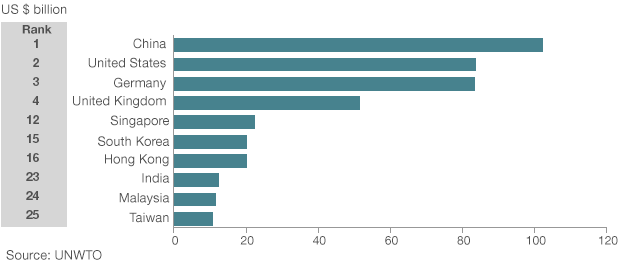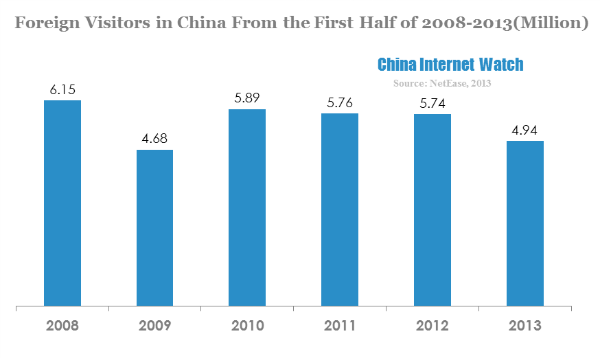The Dodd-Frank Wall Street Reform and Consumer Protection Act, passed in 2010, was the legislative response to the Great Recession. Although it imposed the most significant changes to our financial regulation system since the Great Depression, this 2,300-page piece of legislation will do precious little to fix the problems that caused our financial collapse, or to prevent the next economic crisis. Some provisions of the law contradict other laws, and many of the reforms that seemed necessary and sensible have been gutted because they either were impossibly strict or unwelcome by bankers and regulators. America simply is not ready to reconcile the “dream” of owning a home with the realities that reform necessitates.
The Good
In its infancy, Dodd-Frank had the potential to effect some much-needed change. The act was designed in part to incentivize banks to make less risky loans to homebuyers. The first way it did this was by incentivizing lenders to originate Qualified Mortgages (QM) and Qualified Residential Mortgages (QRM).
To qualify as a QM, the borrower must have a debt-to-income ratio below 43%; this means that the monthly mortgage payment cannot exceed 43% of the borrower’s monthly income. QMs don’t require a down payment, and prohibit many predatory lending practices we discussed, such as balloon payments and interest-only loans. Lenders must also verify the income and financial resources of the borrower.
A QRM is very similar to a QM, but involves stricter underwriting requirements. Originally borrowers were required to pay a 20% down payment and their monthly mortgage could not exceed 36% of their monthly income. These are the “safest” mortgages, because the borrower is much less likely to default if he meets those standards.
Dodd-Frank incentivizes lenders to make these “safer” loans primarily through the Risk Retention Rule, and the Ability to Repay Rule. The Risk Retention Rule does what you might expect it to do: it requires banks to retain 5% of the risk for any asset-backed security, say a mortgage-backed security. This forces lenders to retain some “skin in the game,” fixing some of the misaligned incentive structures. The rule also prohibits lenders from hedging this risk. Lenders want to avoid having risk on their books because the more risk they retain, the more reserve capital they must keep on hand that they can’t use to make more money. QRMs are exempted from this rule, however, making them a more appealing option for banks.
The Ability to Repay Rule requires that lenders make a “reasonable and good faith determination based on verified and documented information” that the borrower can repay the loan. A borrower’s credit history, current income, expected income, and debt-to-income ratio can all contribute to his ability to repay. While it’s baffling that Congress passed this requirement in 2010, it is nonetheless a step in the right direction. Lenders who fail to verify a borrower’s ability to repay can be held liable for damages if the mortgage forecloses. This significant change will force lenders to weigh the potential costs of multi-million or multi-billion dollar legal settlements against expected returns on a very risky mortgage. Both QMs and QRMs are exempted from this rule. Banks can thus avoid the liability if a borrower defaults by issuing sounder mortgages.
The Bad
For starters, legislators drafted Dodd-Frank in very broad terms, instead creating agencies, like the CFPB and others, to hash out the specifics of how the reforms should work. These details are probably important considering they pertain to an industry that deals with numbers and affects people around the globe. Better leave it to the experts then, right? Well, the U.S. had many “experts” and regulatory agencies in place in the build-up to the Great Recession too, but they didn’t do much to prevent the housing bubble, even when explicitly warned.
Further, key provisions in the Dodd-Frank bill that passed in 2010 were drastically changed or removed by the time parts of the law were finalized in 2014. Regulators have finalized and implemented a little more than 50% of the reforms proposed by Dodd-Frank four years after the act passed. They loosened QRM requirements, which originally required a 20% down payment and 36% debt-to-income ratio, to require no down payment and a 43% debt-to-income ratio because the lending industry argued the original requirement would make these loans impossible for most Americans to obtain. With a few exceptions, a QRM is functionally the same as QRM; yet QRMs remain exempt from the Risk Retention Rule while QMs do not.
Further, lenders of all home mortgages issued by the government are exempt from this rule. This includes mortgages originated by the FHA and those sold to Fannie and Freddie; this accounts for 85% of all home mortgages. Thus, banks in practice don’t retain any “skin in the game” for a majority of the mortgages in the market, but taxpayers do (again). Most of these mortgages do not qualify as QMs or QRMs either.
Here’s where things get ugly
With Dodd-Frank also cam a new interpretation of the 1968 Fair Housing Act. The law says lenders must show they make a good faith effort to serve borrowers outside of QM territory. They can be sued if their lending practices promote disparities or unequal treatment based on race, ethnicity gender or age, but previously we interpreted the law to imply lenders must intend to discriminate against borrowers. Dodd-Frank indicates that a potential litigant does not need to prove intent to hold a lender liable for creating a “disparate impact.” Lenders are unsure of how to reconcile QMs and showing ability to repay while avoiding any detectable disparate impact among borrowers. So while the law strongly incentivzes(ed) lenders to make safer loans, in a way it also punishes them for doing so. Industry officials asked HUD to clarify the law and its intent, and HUD politely declined. Apparently HUD officials felt the courts would be better equipped to do their job.
Concluding thoughts
Americans might be doomed to housing crises for a long time to come as long as we hold on to the dream of owning a home. The reality is that not all people are qualified to get a mortgage. If questionable financials are not a good indicator, perhaps the fact that many borrowers didn’t bother to read the mortgage contract they signed is more telling. Homeownership certainly provides widespread economic benefits for our country. As long as our government plans to make homeownership a reality though, it must acknowledge the inherent risk of this policy and find a more practical way of protecting the public from it.






